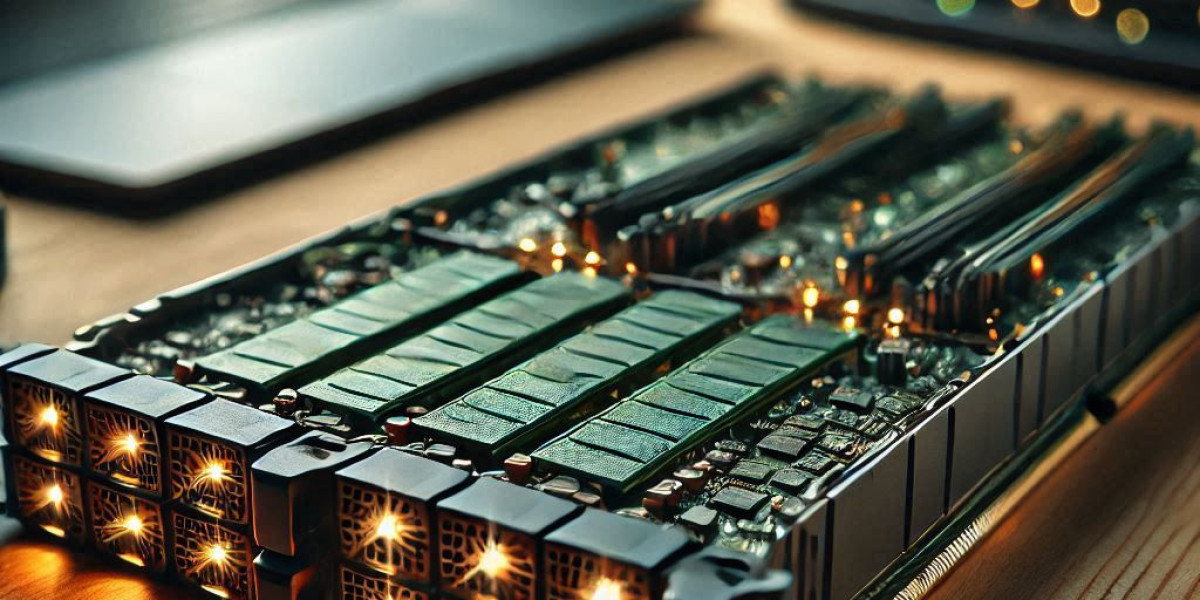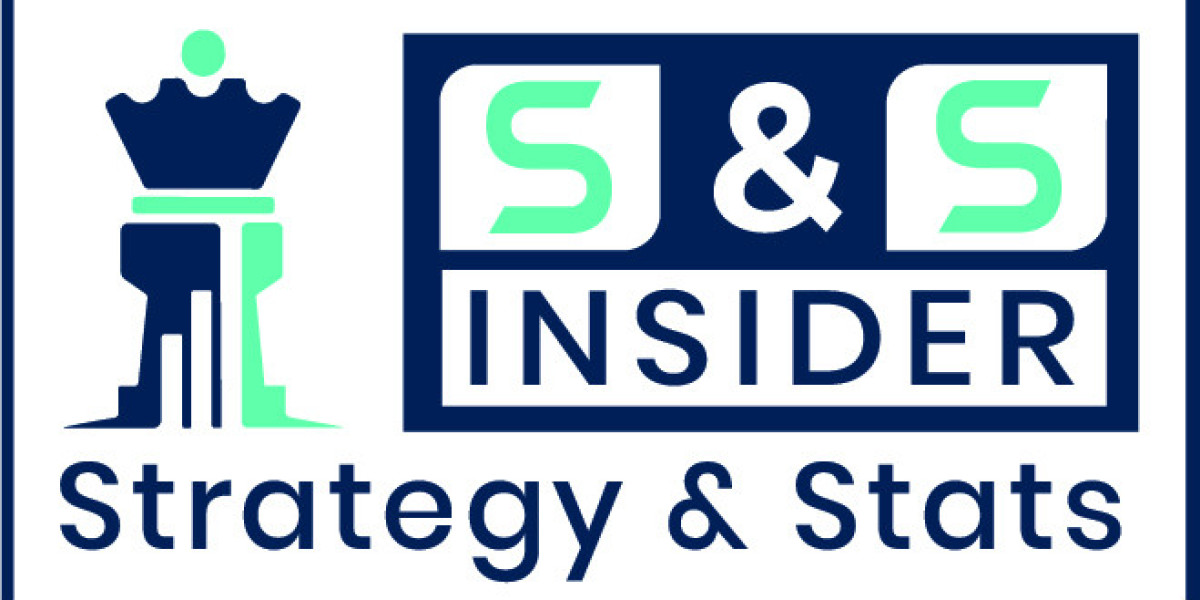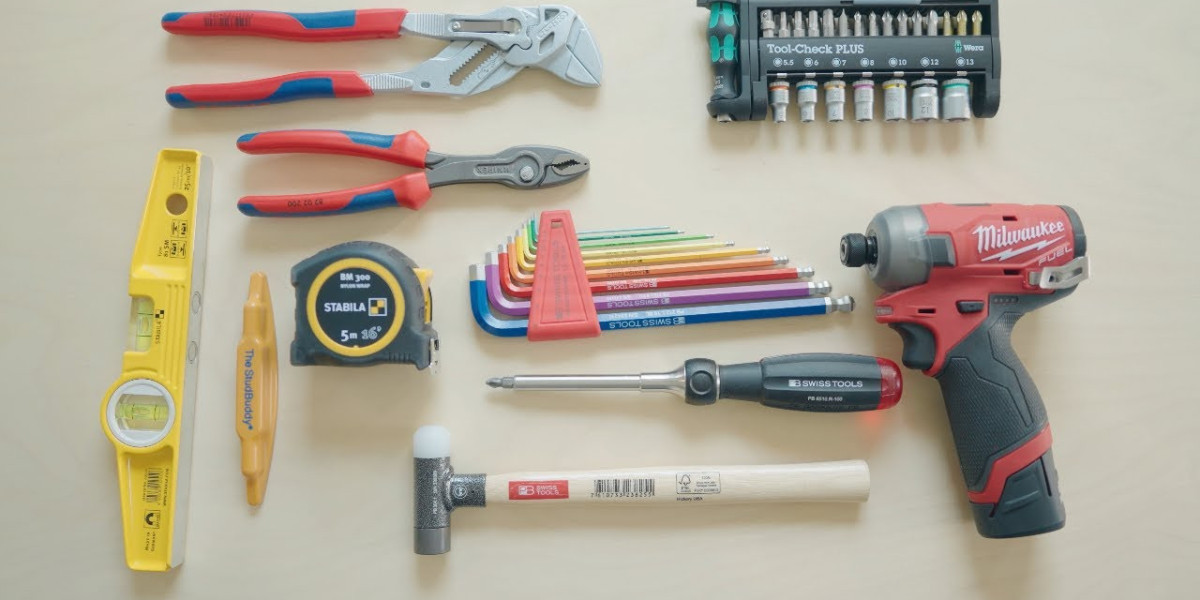In the world of data centers and server rooms, efficient and secure server installation is essential for ensuring the smooth operation of IT infrastructure. Server rail kits play a crucial role in achieving this goal, enabling the proper mounting, alignment, and maintenance of servers in rack systems. This guide delves into the types, uses, and benefits of server rail kits, equipping you with the knowledge to choose the right solution for your needs.
What Are Server Rail Kits?
Server rail kits are mounting accessories designed to facilitate the installation of servers into standard server racks. These kits consist of rails or brackets that attach to both the rack and the server, allowing the server to slide in and out of the rack with ease. This feature simplifies server management tasks such as maintenance, upgrades, and troubleshooting.
Types of Server Rail Kits
Choosing the right server rail kit involves understanding the various types available, each designed for specific use cases.
1. Fixed Rail Kits
Fixed rail kits provide a stable mounting solution for servers, holding them securely in place within the rack. They are ideal for environments where the server rarely needs to be removed or accessed.
- Advantages: Cost-effective, simple design.
- Disadvantages: Limited mobility; requires manual disassembly for server access.
2. Sliding Rail Kits
Sliding rail kits allow servers to be pulled out of the rack like a drawer, making them an excellent choice for frequent maintenance or upgrades.
- Advantages: Easy access for troubleshooting and repairs.
- Disadvantages: Slightly more expensive than fixed rails.
3. Adjustable Rail Kits
Adjustable rail kits offer versatility, accommodating servers of various sizes and weights. These are particularly useful in dynamic environments with diverse server models.
- Advantages: Flexibility and adaptability.
- Disadvantages: May require more setup time.
4. Tool-Less Rail Kits
Tool-less rail kits feature quick-release mechanisms, eliminating the need for additional tools during installation or removal.
- Advantages: Fast installation and removal.
- Disadvantages: Higher upfront cost.
Uses of Server Rail Kits
Server rail kits are indispensable in a range of scenarios, including:
- Data Centers: For mounting multiple servers in high-density rack environments.
- Small to Medium Businesses (SMBs): Ensuring efficient use of limited rack space.
- IT Testing Labs: Enabling rapid deployment and removal of test servers.
- Remote Server Locations: Simplifying server access for maintenance in remote facilities.
Benefits of Using Server Rail Kits
Investing in quality server rail kits provides numerous advantages that enhance operational efficiency and safety.
1. Simplified Maintenance
Sliding and tool-less rail kits streamline server maintenance, allowing IT teams to access hardware quickly without disrupting nearby equipment.
2. Enhanced Server Security
Rail kits secure servers firmly in place, reducing the risk of accidental displacement or damage.
3. Improved Space Utilization
Properly mounted servers maximize rack space, facilitating better airflow and cooling.
4. Cost Savings
By improving server management and reducing downtime, rail kits contribute to long-term cost efficiency.
5. Versatility
Adjustable and tool-less rail kits offer flexibility, ensuring compatibility with a wide range of server models.
Factors to Consider When Choosing a Server Rail Kit
When selecting a server rail kit, consider the following factors:
- Rack Compatibility: Ensure the rail kit matches the dimensions and specifications of your server rack.
- Server Model: Check for compatibility with your server’s size, weight, and mounting requirements.
- Ease of Installation: Evaluate whether you prefer tool-less or more traditional mounting solutions.
- Budget: Balance cost with functionality to meet your operational needs.
- Durability: Opt for high-quality materials that ensure long-lasting performance.
Conclusion
Server rail kits are a vital component of any server installation, offering a seamless way to secure, manage, and maintain your IT infrastructure. Whether you’re managing a large-scale data center or a small business server room, selecting the right type of rail kit can significantly enhance efficiency and reduce maintenance challenges.









